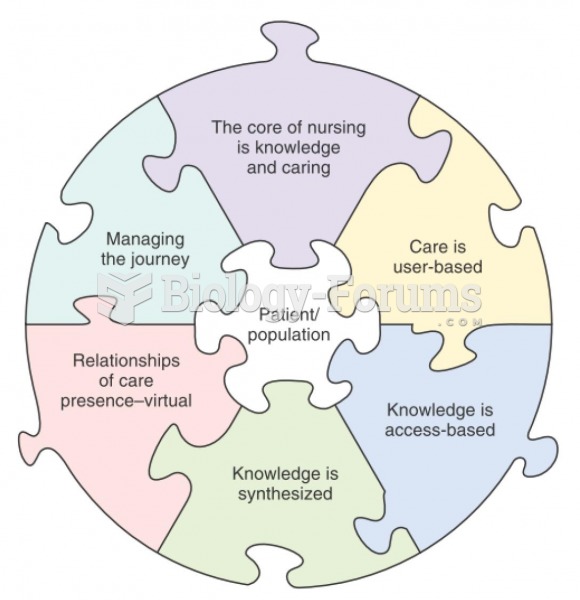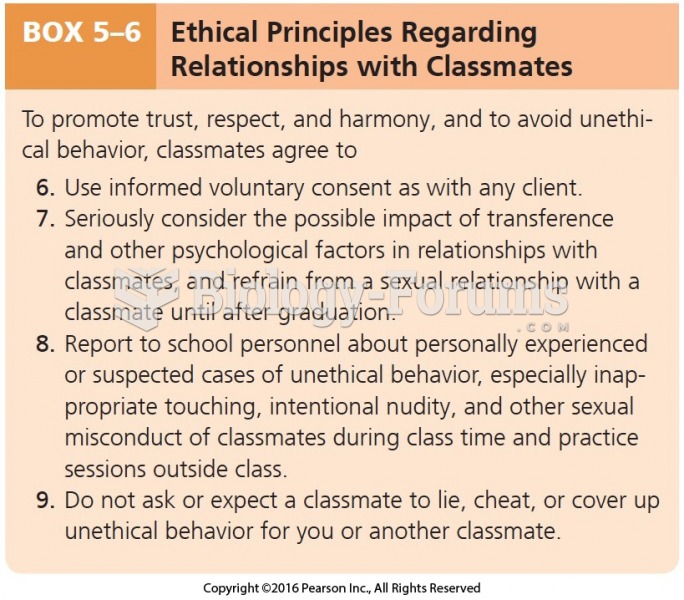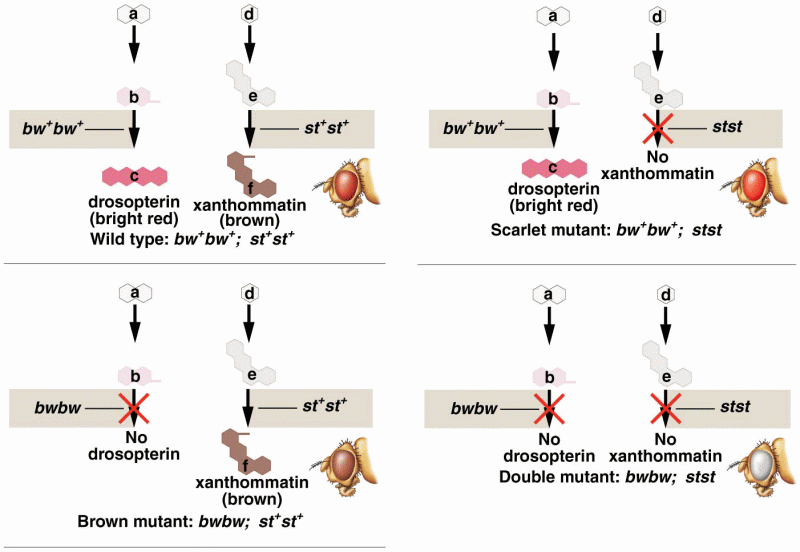Answer to Question 1
b
Answer to Question 2
Among the many indicators of how well a group is doing economically in the United States, income is probably the best one. The high rate of poverty is very troubling.
A study released in 2011 documented the continuing high rise in the poverty rate from 1977 through 2010 except for some decline during the relative prosperity the nation experienced in the late 1990s. The government has measured poverty for generations and while Blacks have a higher rate, the largest group of children below the poverty level had always been Whites. In the last two years, however, Hispanics as a group have far overreached the number of White children in poverty. By 2010, 6.1 million Latino children were in poverty compared to 5 million White and 4.4 million Black children. Reflecting the low wages that Latinos often receive in the United States, poor Hispanic children are much more likely to have a working parent than either poor children in the White or Black communities.
The Latino incomes appear to be just the reverse of the White earnings. These data are limited to only full-time year-round workers, so they significantly understate the difference. Many more Latino workers are unemployed or work only seasonally and/or part-time. Income is just part of the picture. Low levels of wealthtotal assets minus debtare characteristic of Hispanic households. Although they appear to have slightly higher levels of median wealth than African American households, Hispanic households average less than 12 cents for every dollar in wealth owned by White non-Hispanic households. Also, the trend is not encouraging, with the Hispanicnon-Hispanic gap growing. Latinos not only are likely to continue to earn much less annually but also to have fewer financial resources to fall back on.
By studying the income and poverty trends of Latino households, we can see how muchbut also how littlehas been accomplished to reduce social inequality among ethnic and racial groups. Although the income of Latinos has gradually increased over the last 30 years, so has White income. The gap between the two groups in both income and poverty level has remained relatively constant. Indeed, the 39,005 income of the typical Latino household in 2012 was less than half of the typical 2002 White non-Hispanic household.







